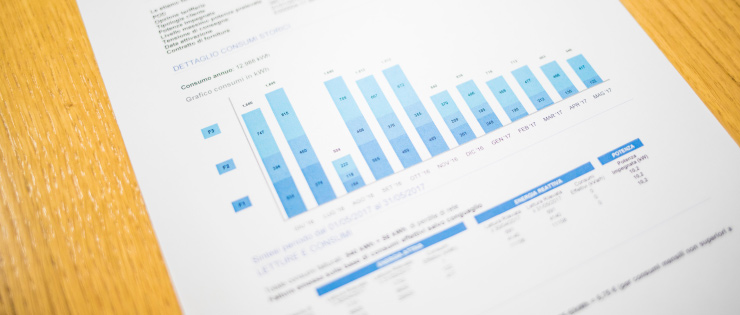Portfolio manager’s Letter October 2009
Berkshire Hathaway 3rd quarter 2009 net earnings

Ravi Nagarajan in his excellent article on the web site “Seeking Alpha” estimates Berkshire Hathaway 3rd quarter 2009 net earnings from operations will be somewhere between $1.7 billion and 2.1 billion.
He estimates an underwriting profit between $50 and $150 million. This could turn out to be conservative. Last year’s third quarter was impacted by hurricanes Ike and Gustav, which generated losses of $1.05 billion at Berkshire Hathaway’s insurance operations, but the company still ended with an $81 million underwriting gain. With the absence of any serious storms in this year’s third quarter it would not be unreasonable to expect a better underwriting result now.
Berkshire Hathaway had an underwriting profit of $486 million in the third quarter of 2007 and of $917 million in the 3rd quarter of 2006, compared to Berkshire Hathaway 3rd Quarter 2009 and these were both storm-free quarters.
In any event, if we add $1.7 billion for the gain from the derivative contracts and the sale of Moody’s, we get to $3.8 billion net for Berkshire Hathway 3rd Quarter 2009 or $2,450 per A share. Adding $450 a share for an estimate of quarterly look-through earnings equals $2,900 per share. Annualizing this figure would amount to $11,600 per A share and mean Berkshire Hathaway is currently selling at a PE of 8.7.
However, there is no way to estimate derivative gains for the next three quarters, so if we adjust the figure using the (estimated) forward PE of 15, we get $1,640 per A share for the quarter. The truth is a reasonable representation of Berkshire Hathaway’s intrinsic value would likely yield a value somewhere in between these two numbers.
The current quarterly figure includes a lot of non-cash, not-necessarily-recurring gains from the derivative contracts, but it is, on the other hand, based on very depressed earnings at many of the operating companies. In addition, by the end of the third quarter Berkshire Hathaway’s gain on its Goldman Sachs warrants was in excess of $3.1 billion ($2,000 per A share), a sum that will have no impact on reported earnings but does represent value that was not present one year ago.
If the figure for reported earnings for Berkshire Hathaway 3rd Quarter 2009 does come in around $4.0 billion (compared to $1.0 billion for the third quarter of 2008), it should provide Mr. Market with an incentive to mark up his price. In March of 2000, when Buffett offered to purchase Berkshire Hathaway for $45,000 per A share, the PE would have been 20.6 if calculated on the same basis, with look-through earnings included. If we ignore investment gains in both years, Berkshire Hathaway 3rd quarter 2009 PE would be 15, and was 23.4 then.
The following is Buffett’s view of look-through earnings from the “Owner’s Manual” in the Berkshire Hathaway’s annual report (emphasis added):
“Accounting consequences do not influence our operating or capital-allocation decisions. When acquisition costs are similar, we much prefer to purchase $2 of earnings that is not reportable by us under standard accounting principles than to purchase $1 of earnings that is reportable. This is precisely the choice that often faces us since entire businesses (whose earnings will be fully reportable) frequently sell for double the pro-rata price of small portions (whose earnings will be largely unreportable). In aggregate and over time, we expect the unreported earnings to be fully reflected in our intrinsic business value through capital gains.”
“We have found over time that the undistributed earnings of our investees, in aggregate, have been fully as beneficial to Berkshire Hathaway as if they had been distributed to us (and therefore had been included in the earnings we officially report). This pleasant result has occurred because most of our investees are engaged in truly outstanding businesses that can often employ incremental capital to great advantage, either by putting it to work in their businesses or by repurchasing their shares.
Obviously, every capital decision that our investees have made has not benefitted us as shareholders, but overall we have garnered far more than a dollar of value for each dollar they have retained. We consequently regard look-through earnings as realistically portraying our yearly gain from operations.”
Blog Archive
